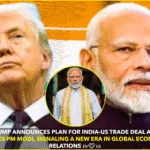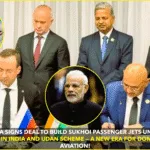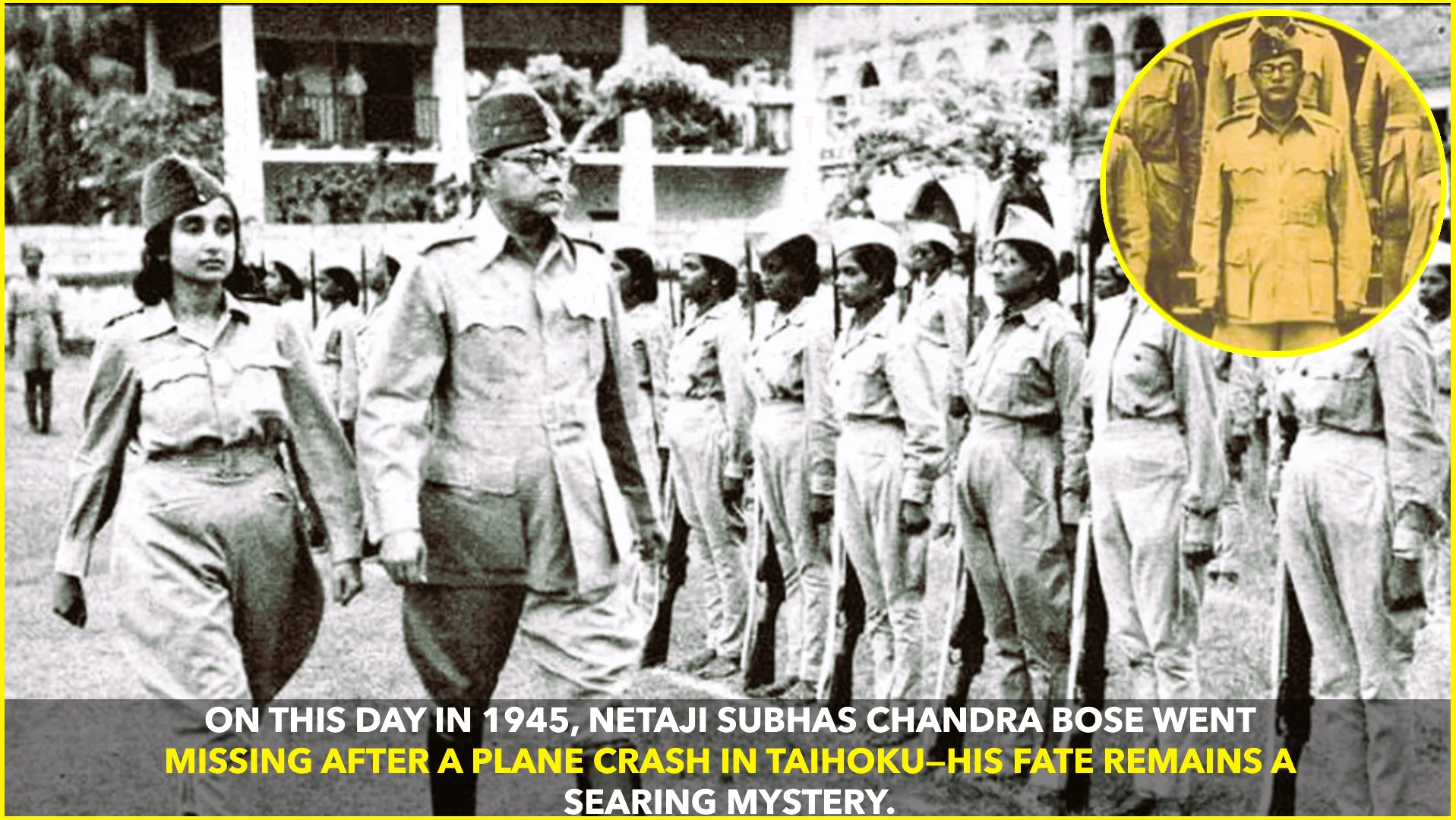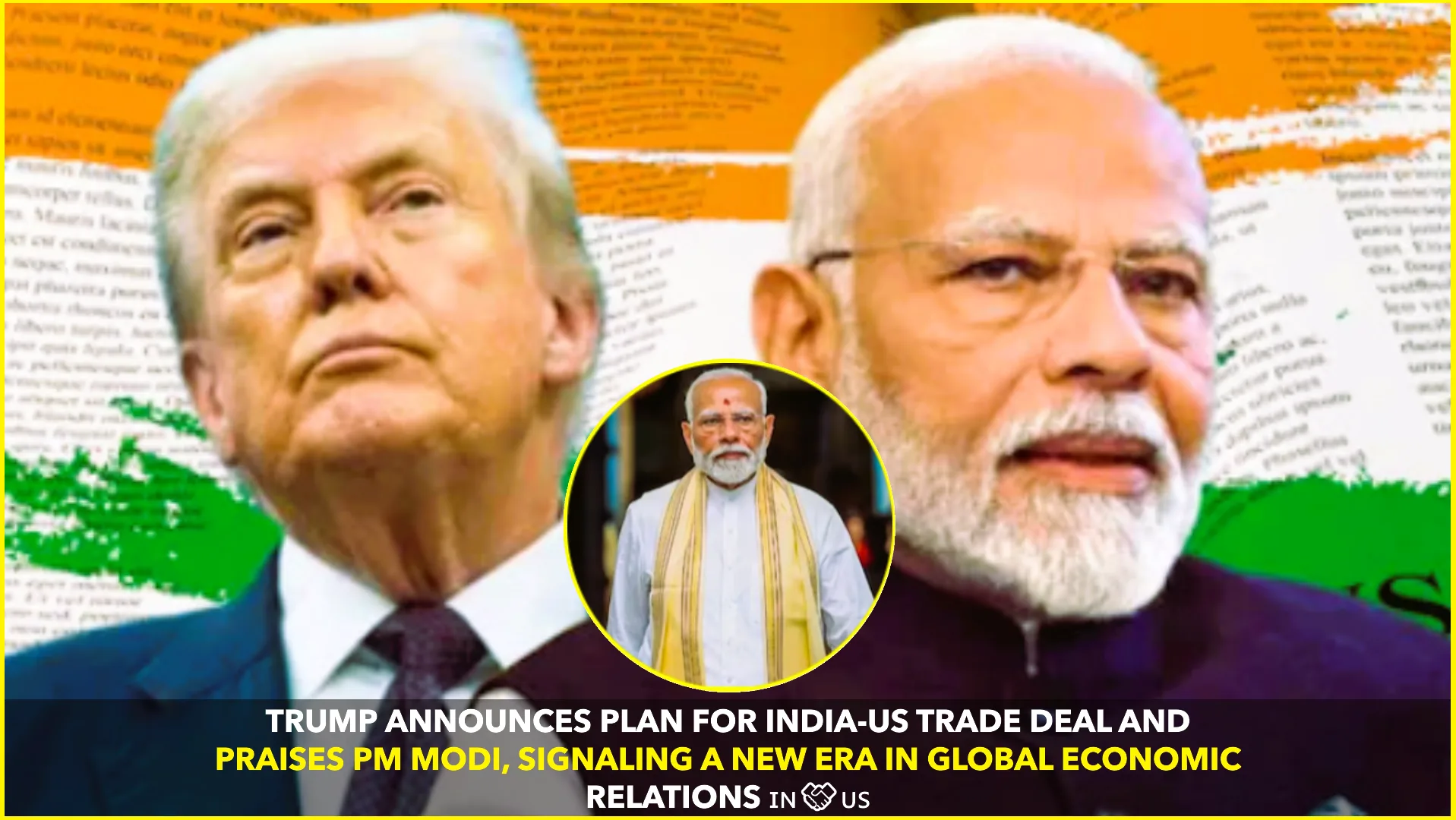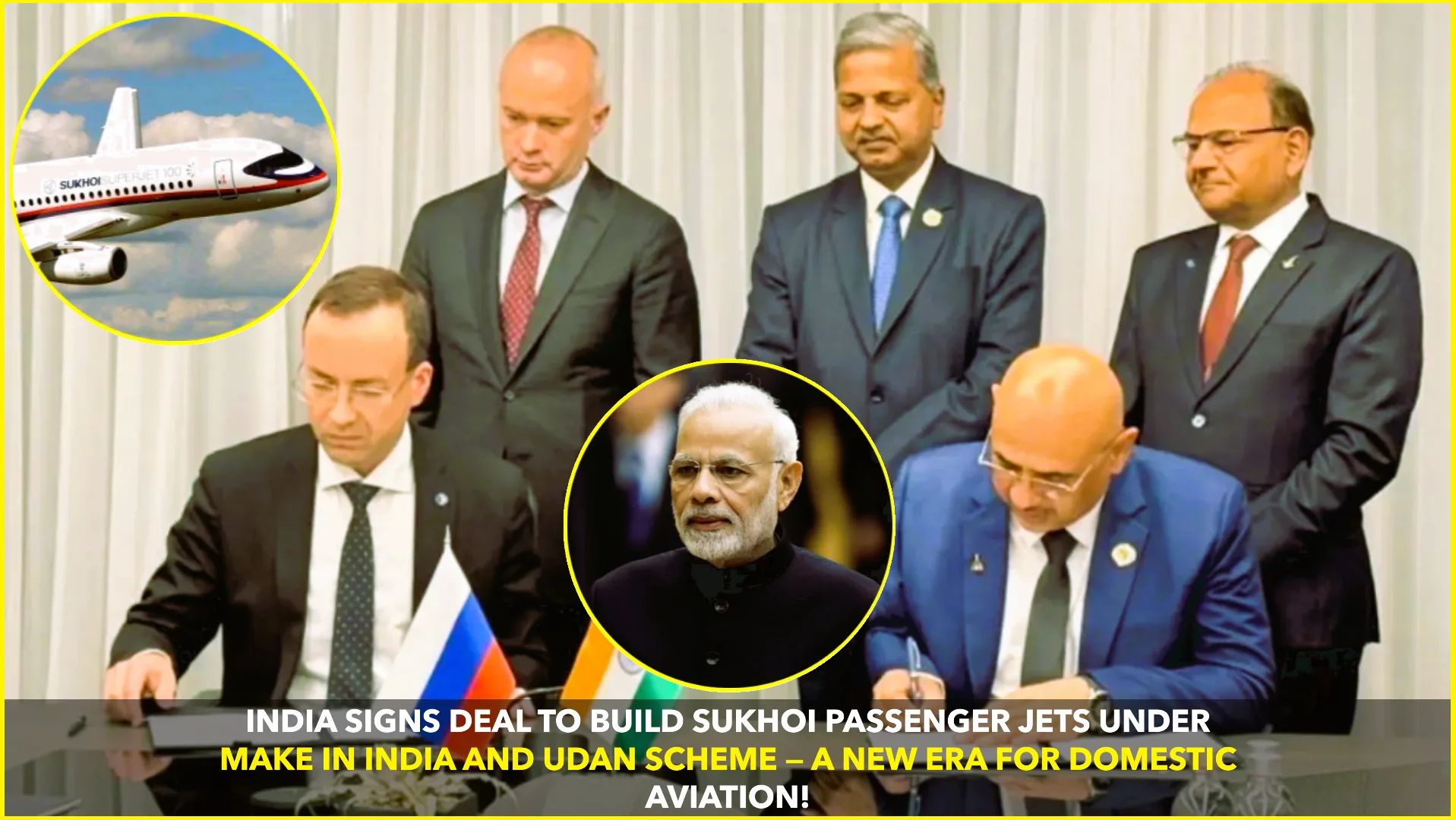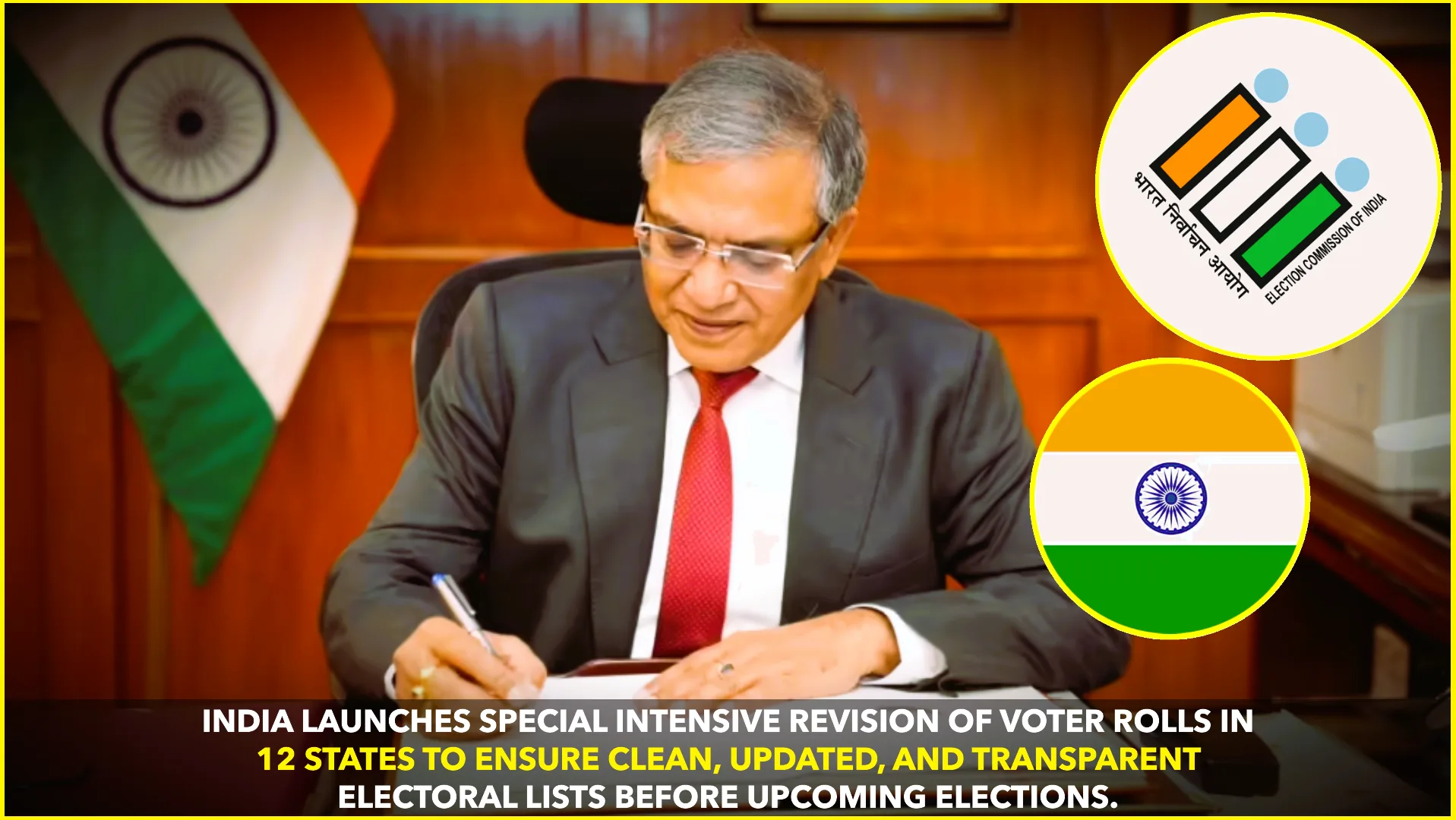On August 18, 1945, a defining mystery in India’s freedom struggle unfolded: Subhas Chandra Bose—revered as Netaji—reportedly perished in an air crash in Taihoku (modern-day Taipei), yet his fate remains disputed, and the enigma endures to this day.
The Official Account
According to the most widely accepted narrative, Bose’s aircraft crashed shortly after takeoff from Taihoku airport. He suffered devastating third-degree burns, was rushed to Nanmon Military Hospital, and died that same evening between 9 pm and 10 pm. His ashes were later sent to Tokyo’s Renkō-ji Temple, where they rest to this day.
Indian government inquiries have repeatedly supported this version. The Shah Nawaz Committee (1956), the Khosla Commission (1970), and even Japanese records all pointed to a fatal plane crash on that day.
Legends, Doubts, and Controversy
Yet, not everyone bought this version. After the crash, rumors sprang up almost immediately. Some believed Bose survived, others whispered that he vanished or went into exile to continue the fight from hiding.
The Mukherjee Commission (1999–2005), however, took a radically different line—concluding that there was no verified proof of Bose’s death in that crash and casting doubt on whether the remains at Renkō-ji are even his.
The Mystery Lives On
To this day, Netaji’s disappearance remains one of India’s most enduring historical puzzles. His supporters disagree with the official accounts, arguing that documents of the crash are missing, eyewitness testimony is unclear, and some evidence seems contradictory.
Meanwhile, Renkō-ji Temple in Tokyo stands as a quiet symbol—a place of homage, a final resting ground for an urn said to be Bose’s ashes, and a testament to a legacy that refuses to rest.
Why This Still Matters
Netaji’s story holds a powerful place in India’s collective memory. Unlike many freedom struggle narratives grounded in non-violence, Bose championed military resistance. His dramatic disappearance turned him into an almost mythical figure—gone too soon, but never forgotten.
Even today, discussions about repatriating his remains, honoring his different vision, or resolving the mystery echo through Indian society and politics.

